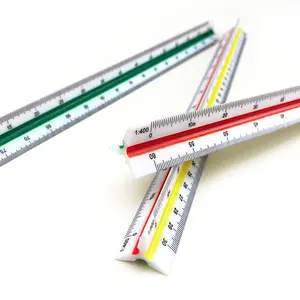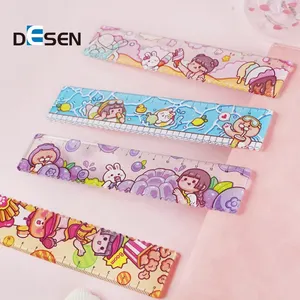About products and suppliers
Tìm kiếm thước bằng nhựa mỏng. trên Alibaba.com và duyệt qua nhiều lựa chọn về các nhà cung cấp tuyệt vời. Tiết kiệm tiền khi dự trữ một thành phần để sử dụng trong một số mặt hàng thực phẩm khác nhau. Phần lớn thước bằng nhựa mỏng. có dạng bột dễ hòa tan và dễ trộn với các thành phần khác. Sử dụng như một chất thay thế thơm ngon, không chứa caffein cho cà phê hoặc để làm một số loại thuốc thảo dược. Các nhà sản xuất thực phẩm và công ty dược phẩm có thể hưởng lợi từ việc sử dụng thành phần hoàn toàn tự nhiên này.
Tất cả thước bằng nhựa mỏng. có mức độ tinh khiết rất cao, giúp sản phẩm cuối cùng không có các chất gây ô nhiễm tiềm ẩn. Bột màu trắng giữ được vẻ trung tính khi trộn các thành phần và sẽ không ảnh hưởng đến màu sắc. Các chất chiết xuất sẫm màu hơn cũng có sẵn và có thể mang lại bóng râm bổ sung trong thành phần sản phẩm cuối cùng. Khi uống vào cơ thể, bột inulin có trong sản phẩm có thể có tác dụng lợi khuẩn giúp cải thiện sức khỏe hệ tiêu hóa theo thời gian.
thước bằng nhựa mỏng được bán trên Alibaba.com tuân thủ các tiêu chuẩn cấp thực phẩm và cấp y tế để đảm bảo an toàn cho khách hàng. Các nhà cung cấp thường sẽ đóng gói sản phẩm trong túi hút chân không để bảo quản độ tươi và chất lượng. Đặc biệt những lô hàng lớn thường được đựng trong thùng phuy dễ vận chuyển. Hầu hết các chất chiết xuất sẽ mang lại thêm hương vị ngọt ngào để tạo cho công thức một hương vị dễ chịu hơn.
Duyệt qua thước bằng nhựa mỏng. trên Alibaba.com và tận hưởng chi phí thấp của một thành phần chính quan trọng được sử dụng trong các loại dược phẩm và đồ uống tốt cho sức khỏe. Cho dù người tiêu dùng cần cải thiện sức khỏe hệ tiêu hóa hoặc tạo ra đồ uống có hương vị cà phê mà không có caffeine, thì vẫn có rất nhiều lựa chọn có sẵn. Mua sắm xung quanh và tìm các nhà cung cấp tốt nhất có thể giao hàng với bất kỳ số lượng nào cần thiết.













